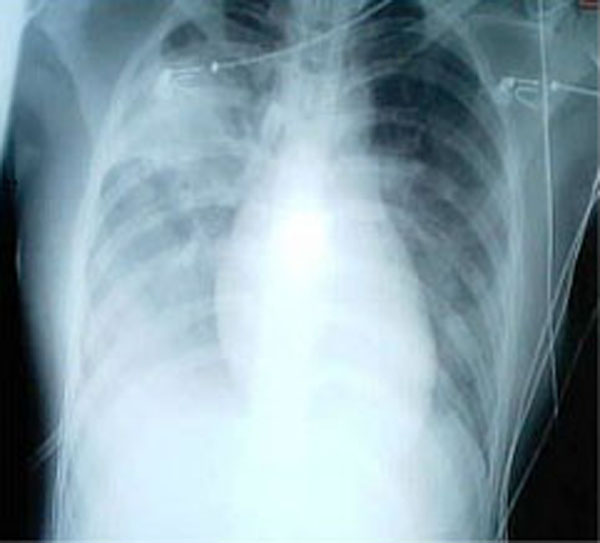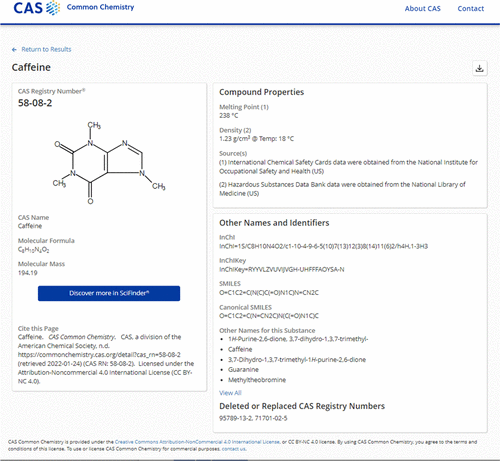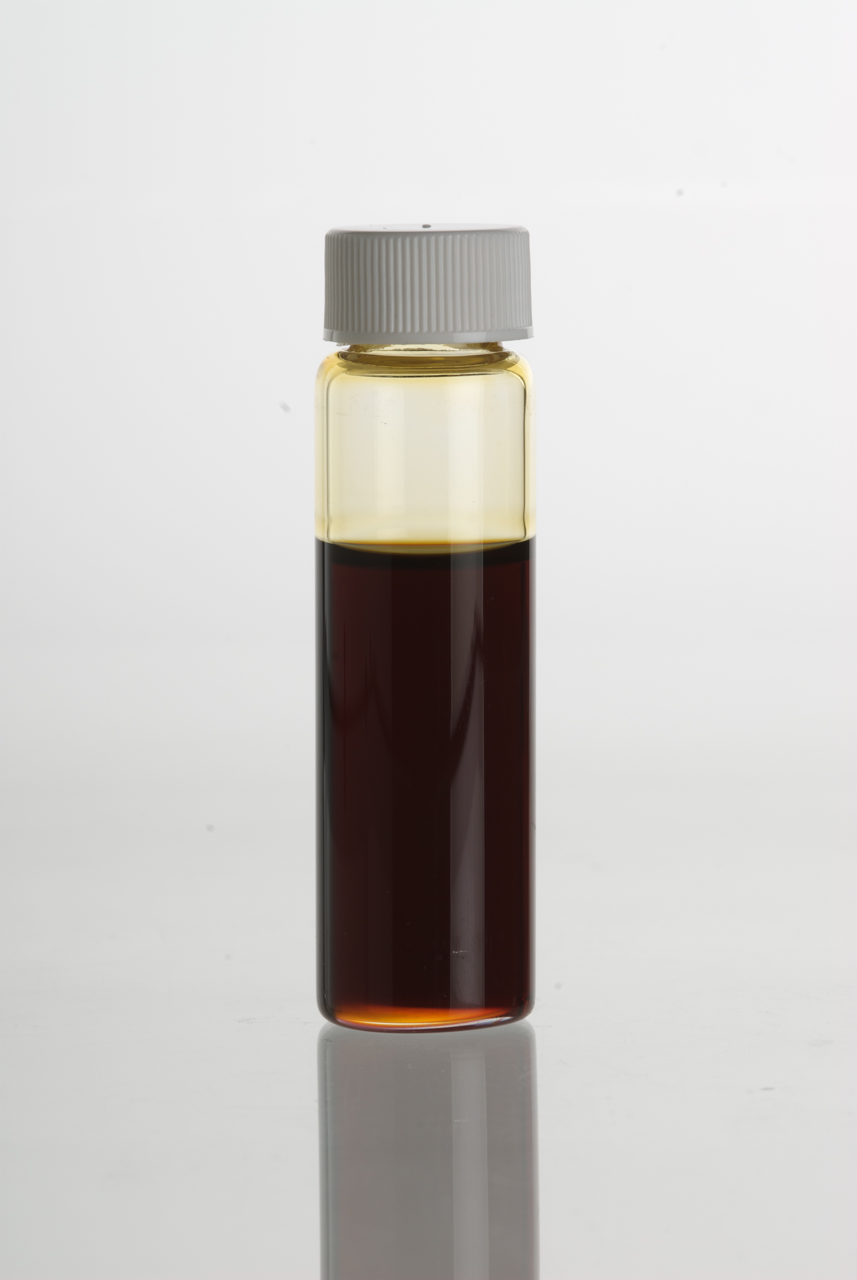|
Civet (perfumery)
Civet (''Zibeth''; ''Zibet''; ''Zibetum''), also known as civet musk and civet oil, is the glandular secretion produced by both sexes of Viverridae species. Production A number of viverrid species secrete civet oil in their perineal glands, including the African civet (''Civettictis civetta''), large Indian civet (''Viverra zibetha'') and small Indian civet (''Viverricula indica''). Most civet is produced in African farms, where African civets are kept in cages for this purpose. African civets typically produce three to four grams of civet per week. In 2000, civet sold for about five hundred dollars per kilogram. Civet is a soft, almost liquid material. It is pale yellow when fresh, darkening in the light and becoming salve-like in consistency. Its odor is strong, even putrid as a pure substance, but once diluted it is pleasantly and sweetly aromatic. It is prepared for use in perfumery by solvent extraction to yield either a tincture (10 or 20 percent), an absolute, or a ... [...More Info...] [...Related Items...] OR: [Wikipedia] [Google] [Baidu] |
Musk
Musk ( Persian: مشک, ''Mushk'') is a class of aromatic substances commonly used as base notes in perfumery. They include glandular secretions from animals such as the musk deer, numerous plants emitting similar fragrances, and artificial substances with similar odors. ''Musk'' was a name originally given to a substance with a strong odor obtained from a gland of the musk deer. The substance has been used as a popular perfume fixative since ancient times and is one of the most expensive animal products in the world. The name originates from the Late Greek μόσχος 'moskhos', from Persian 'mushk', similar to Sanskrit मुष्क muṣka ("testicle"), derived from Proto-Indo-European noun ''múh₂s'' meaning "mouse". The deer gland was thought to resemble a scrotum. It is applied to various plants and animals of similar smell (e.g. muskox) and has come to encompass a wide variety of aromatic substances with similar odors, despite their often differing chemical str ... [...More Info...] [...Related Items...] OR: [Wikipedia] [Google] [Baidu] |
Cyclohexadecanone
Cyclohexadecanone is an organic compound with the formula (CH2)15CO. It is a cyclic ketone, which is a minor component of the musk scent of the civet. Several related derivatives are also important in the fragrance industry, especially those with alkene group in the backbone such as civetone, muscone, and 5-cyclohexadecenone 5-Cyclohexadecenone is a macrocyclic synthetic musk with the chemical formula C16H28O. It is an unsaturated analog of cyclohexadecanone. It is also similar in chemical structure to the natural musk scents civetone and muscone. 5-Cyclohexadecen ... (velvione). It is synthesized from cyclododecanone.Johannes Panten and Horst Surburg "Flavors and Fragrances, 2. Aliphatic Compounds" in Ullmann's Encyclopedia of Industrial Chemistry, 2015, Wiley-VCH, Weinheim. References {{Reflist Perfume ingredients Macrocycles Mammalian pheromones Cycloalkanones ... [...More Info...] [...Related Items...] OR: [Wikipedia] [Google] [Baidu] |
Middle French
Middle French (french: moyen français) is a historical division of the French language that covers the period from the 14th to the 16th century. It is a period of transition during which: * the French language became clearly distinguished from the other competing Oïl languages, which are sometimes subsumed within the concept of Old French () * the French language was imposed as the official language of the Kingdom of France in place of Latin and other Oïl and Occitan languages * the literary development of French prepared the vocabulary and grammar for the Classical French () spoken in the 17th and 18th centuries. It is the first version of French that is largely intelligible to Modern French speakers, contrary to Old French. History The most important change found in Middle French is the complete disappearance of the noun declension system (already underway for centuries). There is no longer a distinction between nominative and oblique forms of nouns, and plurals ar ... [...More Info...] [...Related Items...] OR: [Wikipedia] [Google] [Baidu] |
Old Italian
Italian (''italiano'' or ) is a Romance language of the Indo-European language family that evolved from the Vulgar Latin of the Roman Empire. Together with Sardinian, Italian is the least divergent language from Latin. Spoken by about 85 million people (2022), Italian is an official language in Italy, Switzerland ( Ticino and the Grisons), San Marino, and Vatican City. It has an official minority status in western Istria (Croatia and Slovenia). Italian is also spoken by large immigrant and expatriate communities in the Americas and Australia.Ethnologue report for language code:ita (Italy) – Gordon, Raymond G., Jr. (ed.), 2005. Ethnologue: Languages of the World, Fifteenth edition. Dallas, Tex.: SIL International. Online version It ... [...More Info...] [...Related Items...] OR: [Wikipedia] [Google] [Baidu] |
Arabic Language
Arabic (, ' ; , ' or ) is a Semitic languages, Semitic language spoken primarily across the Arab world.Semitic languages: an international handbook / edited by Stefan Weninger; in collaboration with Geoffrey Khan, Michael P. Streck, Janet C. E.Watson; Walter de Gruyter GmbH & Co. KG, Berlin/Boston, 2011. Having emerged in the 1st century, it is named after the Arabs, Arab people; the term "Arab" was initially used to describe those living in the Arabian Peninsula, as perceived by geographers from ancient Greece. Since the 7th century, Arabic has been characterized by diglossia, with an opposition between a standard Prestige (sociolinguistics), prestige language—i.e., Literary Arabic: Modern Standard Arabic (MSA) or Classical Arabic—and diverse vernacular varieties, which serve as First language, mother tongues. Colloquial dialects vary significantly from MSA, impeding mutual intelligibility. MSA is only acquired through formal education and is not spoken natively. It is ... [...More Info...] [...Related Items...] OR: [Wikipedia] [Google] [Baidu] |
Centers For Disease Control And Prevention
The Centers for Disease Control and Prevention (CDC) is the national public health agency of the United States. It is a United States federal agency, under the Department of Health and Human Services, and is headquartered in Atlanta, Georgia. The agency's main goal is the protection of public health and safety through the control and prevention of disease, injury, and disability in the US and worldwide. The CDC focuses national attention on developing and applying disease control and prevention. It especially focuses its attention on infectious disease, food borne pathogens, environmental health, occupational safety and health, health promotion, injury prevention and educational activities designed to improve the health of United States citizens. The CDC also conducts research and provides information on non-infectious diseases, such as obesity and diabetes, and is a founding member of the International Association of National Public Health Institutes. [...More Info...] [...Related Items...] OR: [Wikipedia] [Google] [Baidu] |
SARS
Severe acute respiratory syndrome (SARS) is a viral respiratory disease of zoonotic origin caused by the severe acute respiratory syndrome coronavirus (SARS-CoV or SARS-CoV-1), the first identified strain of the SARS coronavirus species, '' severe acute respiratory syndrome–related coronavirus'' (SARSr-CoV). The first known cases occurred in November 2002, and the syndrome caused the 2002–2004 SARS outbreak. In the 2010s, Chinese scientists traced the virus through the intermediary of Asian palm civets to cave-dwelling horseshoe bats in Xiyang Yi Ethnic Township, Yunnan.The locality was referred to be "a cave in Kunming" in earlier sources because the Xiyang Yi Ethnic Township is administratively part of Kunming, though 70 km apart. Xiyang was identified on * For an earlier interview of the researchers about the locality of the caves, see: SARS was a relatively rare disease; at the end of the epidemic in June 2003, the incidence was 8,469 cases with a case fatality r ... [...More Info...] [...Related Items...] OR: [Wikipedia] [Google] [Baidu] |
International Fragrance Association
The International Fragrance Association (IFRA) is the global representative body of the fragrance industry. It seeks to represent the collective interests of the industry and promote the safe use of fragrances through regulation. The Association was founded in 1973 and has its head office in Geneva, Switzerland, and its operations centre in Brussels, Belgium. As of October 2022, its membership includes seven multinational companies (known as 'Regular Members') and 23 national associations. There are ten 'Supporting Members' from countries where and IFRA does not have a national association. IFRA is led by a President, Martina Bianchini, and by a Board headed by its Chairman, Hans Holger Gliewe. History In 2020, in response to the ongoing and increasing focus on sustainability in the beauty and fragrance sectors, IFRA, in association with the International Organization of the Flavor Industry (IOFI), launched the "IFRA-IOFI Sustainability Charter." Objectives and roles IFRA is ... [...More Info...] [...Related Items...] OR: [Wikipedia] [Google] [Baidu] |
CAS Registry Number
A CAS Registry Number (also referred to as CAS RN or informally CAS Number) is a unique identification number assigned by the Chemical Abstracts Service (CAS), US to every chemical substance described in the open scientific literature. It includes all substances described from 1957 through the present, plus some substances from as far back as the early 1800s. It is a chemical database that includes organic and inorganic compounds, minerals, isotopes, alloys, mixtures, and nonstructurable materials (UVCBs, substances of unknown or variable composition, complex reaction products, or biological origin). CAS RNs are generally serial numbers (with a check digit), so they do not contain any information about the structures themselves the way SMILES and InChI strings do. The registry maintained by CAS is an authoritative collection of disclosed chemical substance information. It identifies more than 182 million unique organic and inorganic substances and 68 million protein and D ... [...More Info...] [...Related Items...] OR: [Wikipedia] [Google] [Baidu] |
Absolute (fragrance)
Used in perfumery and aromatherapy, absolutes are similar to essential oils. They are concentrated, highly aromatic, oily mixtures extracted from plants. Whereas essential oils are produced by distillation, boiling or pressing, absolutes are produced through solvent extraction, or more traditionally, through enfleurage. Production First, plant material is extracted with a hydrocarbon solvent, such as hexane, to yield a concrete. The concrete is then extracted with ethanol. The ethanol extract is cooled (e.g., to −15 °C) to solidify waxes, and cold filtered to yield a liquid extract. When the ethanol evaporates, an oil—the absolute—is left behind. Traditionally, the absolute was obtained by enfleurage, where the resulting pommade was extracted with ethanol to yield the absolute. Character and use Some raw materials are either too delicate or too inert to be steam-distilled and can only yield their aroma through solvent extraction. Examples of these are jasmine an ... [...More Info...] [...Related Items...] OR: [Wikipedia] [Google] [Baidu] |
Skatole
Skatole or 3-methylindole is an organic compound belonging to the indole family. It occurs naturally in the feces of mammals and birds and is the primary contributor to fecal odor. In low concentrations, it has a flowery smell and is found in several flowers and essential oils, including those of orange blossoms, jasmine, and '' Ziziphus mauritiana''. It is used as a fragrance and fixative in many perfumes and as an aroma compound. Its name derives from the Greek root ''skato-'', meaning feces. Skatole was discovered in 1877 by the German physician Ludwig Brieger (1849–1919). Original: "''Ich habe mich zuerst mit der Untersuchung der flüchtigen Bestandtheile der Excremente aus sauerer Lösung beschäftigt. Es wurden dabei die flüchtigen Fettsäuren: Essigsäure, normale und Isobuttersäure, sowie die aromatischen Substanzen: Phenol, Indol und eine neue dem Indol verwandte Substanz, die ich Skatol nennen werde, erhalten."'' ----''Translation'': "I was occupied ini ... [...More Info...] [...Related Items...] OR: [Wikipedia] [Google] [Baidu] |

.jpg)





